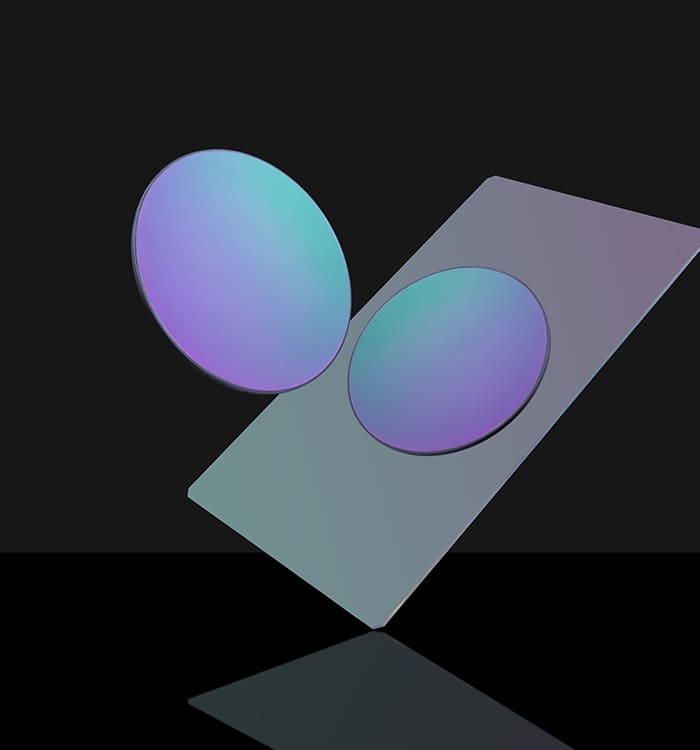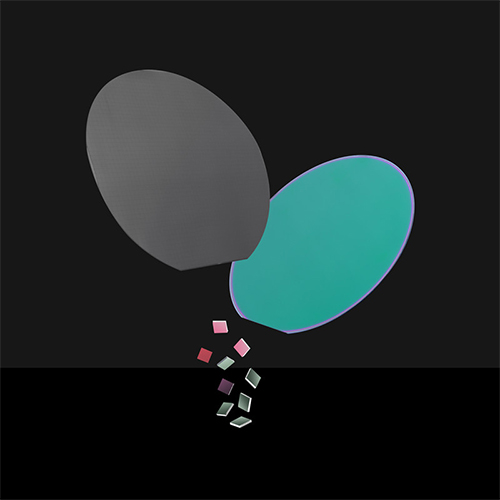As an important optical component, filter has the function of selecting the desired radiation band. So, what are the applications of filter?
1、 Photography and videography
1. Color balance and contrast enhancement: Filters can help photographers achieve color balance and enhance imaging contrast in complex lighting environments by filtering out specific wavelengths of light. For example, a red filter can make the color more prominent when capturing red flowers.
2. Light control: Using ND medium gray density mirrors can reduce shutter speed and prevent overexposure, making it suitable for shooting long exposure works in strong daylight conditions. Gradient dimming mirrors can balance the exposure of the sky and the ground, making the photo more natural.
2、 Scientific observation and research
1. Astronomical observation: Ultra High Contrast Filters (UHC) and other astronomical filters can effectively block artificial light and natural sky glow, improve the contrast of nebulae, and make the details of nebulae more abundant.
2. Biological research: Biological filters are commonly used for microscopic observation to achieve specific structures and staining effects by color separation or enhancement of the sample observed under the microscope. For example, fluorescence microscopy uses fluorescent filters to observe and analyze the structure and dynamic processes of fluorescent labels in samples.
3、 Industrial and Security
1. Monitoring equipment: Filters are widely used in indoor and outdoor monitoring cameras to improve imaging quality and reduce interference light. For example, an infrared cut-off filter allows visible light to pass through while cutting off infrared light, preventing interference from infrared light on imaging.
2. Biometric recognition: In biometric technologies such as fingerprint recognition and iris recognition, filters are used to optimize the light path and improve recognition accuracy.
Machine vision: In machine vision systems, filters are used to enhance image quality, improve detection accuracy and speed.
4、 Medical field
1. Ophthalmic examination: Using a specific wavelength filter can filter out non target wavelengths of light, allowing doctors to observe the structure and lesions of the eye more clearly. For example, green filters can enhance the contrast between blood vessels and tissues.
2. Dermatological examination: Filters can highlight microscopic details on the surface of the skin, such as pores, blood vessels, and pigmentation, helping doctors to conduct more precise observation and analysis. For example, a yellow filter can filter out most of the blue light and highlight the green and yellow light.
3. Endoscopes and medical imaging equipment: In medical imaging equipment such as endoscopes, X-ray machines, CT scanners, etc., filters are used to selectively transmit or block light of specific wavelengths, improving imaging quality and diagnostic accuracy.
5、 Consumer Electronics and the Internet of Things
1. Tablets and computer peripherals: Filters are used to improve screen display quality and reduce light interference.
2. Wearable products: In wearable devices such as smartwatches and smart glasses, filters are used to optimize light transmittance and display effects.
3. IoT devices: In IoT sensors, filters are used to filter light of specific wavelengths, improving the sensitivity and accuracy of the sensor.








